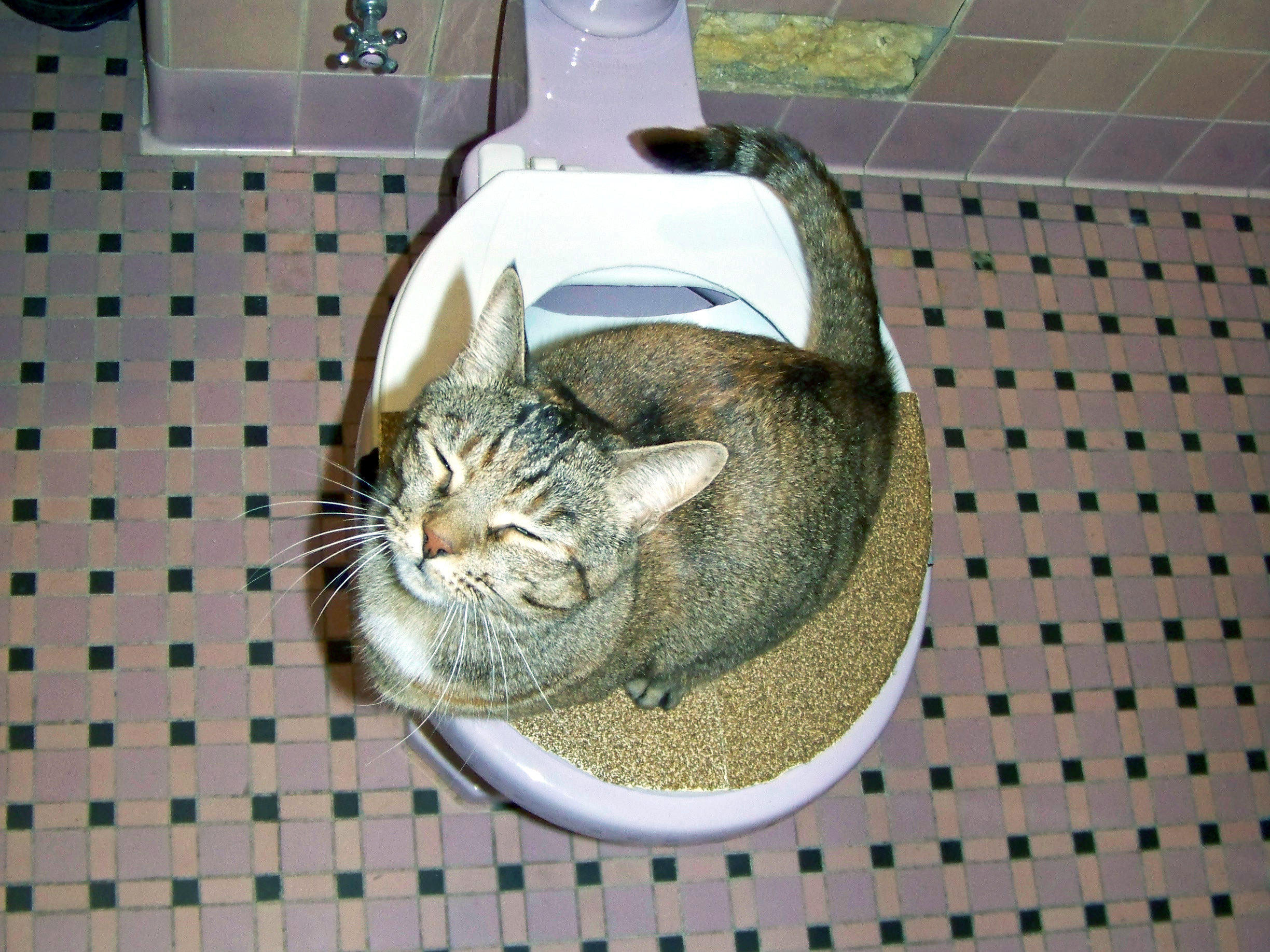Reasons You Should Avoid Flush Cat Poop Down Your Toilet - Important Facts
Reasons You Should Avoid Flush Cat Poop Down Your Toilet - Important Facts
Blog Article
We've come across the article about Don’t flush cat feces down the toilet listed below on the internet and thought it made good sense to discuss it with you on my blog.

Introduction
As pet cat owners, it's necessary to be mindful of just how we take care of our feline good friends' waste. While it might seem convenient to purge pet cat poop down the bathroom, this method can have detrimental consequences for both the setting and human health and wellness.
Alternatives to Flushing
Luckily, there are more secure and much more accountable ways to dispose of pet cat poop. Take into consideration the adhering to choices:
1. Scoop and Dispose in Trash
One of the most common method of getting rid of pet cat poop is to scoop it into a biodegradable bag and toss it in the garbage. Make sure to use a committed clutter scoop and dispose of the waste immediately.
2. Use Biodegradable Litter
Select biodegradable feline clutter made from materials such as corn or wheat. These litters are eco-friendly and can be securely gotten rid of in the garbage.
3. Hide in the Yard
If you have a yard, think about hiding pet cat waste in a marked location away from vegetable gardens and water sources. Make sure to dig deep sufficient to stop contamination of groundwater.
4. Mount a Pet Waste Disposal System
Buy a pet dog garbage disposal system especially made for pet cat waste. These systems make use of enzymes to break down the waste, lowering odor and ecological effect.
Health and wellness Risks
In addition to environmental problems, purging cat waste can additionally position health risks to humans. Feline feces might contain Toxoplasma gondii, a parasite that can create toxoplasmosis-- a potentially extreme disease, specifically for expecting women and people with damaged immune systems.
Environmental Impact
Flushing feline poop presents unsafe virus and bloodsuckers right into the water system, presenting a substantial risk to marine ecological communities. These contaminants can negatively impact marine life and compromise water quality.
Conclusion
Accountable animal ownership prolongs beyond supplying food and shelter-- it also includes appropriate waste administration. By refraining from purging cat poop down the toilet and choosing alternate disposal approaches, we can minimize our environmental footprint and secure human health and wellness.
Why Can’t I Flush Cat Poop?
It Spreads a Parasite
Cats are frequently infected with a parasite called toxoplasma gondii. The parasite causes an infection called toxoplasmosis. It is usually harmless to cats. The parasite only uses cat poop as a host for its eggs. Otherwise, the cat’s immune system usually keeps the infection at low enough levels to maintain its own health. But it does not stop the develop of eggs. These eggs are tiny and surprisingly tough. They may survive for a year before they begin to grow. But that’s the problem.
Our wastewater system is not designed to deal with toxoplasmosis eggs. Instead, most eggs will flush from your toilet into sewers and wastewater management plants. After the sewage is treated for many other harmful things in it, it is typically released into local rivers, lakes, or oceans. Here, the toxoplasmosis eggs can find new hosts, including starfish, crabs, otters, and many other wildlife. For many, this is a significant risk to their health. Toxoplasmosis can also end up infecting water sources that are important for agriculture, which means our deer, pigs, and sheep can get infected too.
Is There Risk to Humans?
There can be a risk to human life from flushing cat poop down the toilet. If you do so, the parasites from your cat’s poop can end up in shellfish, game animals, or livestock. If this meat is then served raw or undercooked, the people who eat it can get sick.
In fact, according to the CDC, 40 million people in the United States are infected with toxoplasma gondii. They get it from exposure to infected seafood, or from some kind of cat poop contamination, like drinking from a stream that is contaminated or touching anything that has come into contact with cat poop. That includes just cleaning a cat litter box.
Most people who get infected with these parasites will not develop any symptoms. However, for pregnant women or for those with compromised immune systems, the parasite can cause severe health problems.
How to Handle Cat Poop
The best way to handle cat poop is actually to clean the box more often. The eggs that the parasite sheds will not become active until one to five days after the cat poops. That means that if you clean daily, you’re much less likely to come into direct contact with infectious eggs.
That said, always dispose of cat poop in the garbage and not down the toilet. Wash your hands before and after you clean the litter box, and bring the bag of poop right outside to your garbage bins.
https://trenchlesssolutionsusa.com/why-cant-i-flush-cat-poop/

I came across that article about Can You Flush Cat Poop Down The Toilet? when doing a lookup on the internet. Sharing is caring. Helping people is fun. Many thanks for your time. Visit us again soon.
Call Today Report this page